Warmer summer days, heat waves and mild winters- global warming must be a blessing in disguise, right? Wrong. A global temperature increase of only a few degrees could spell disaster for ecosystems and communities across the world.
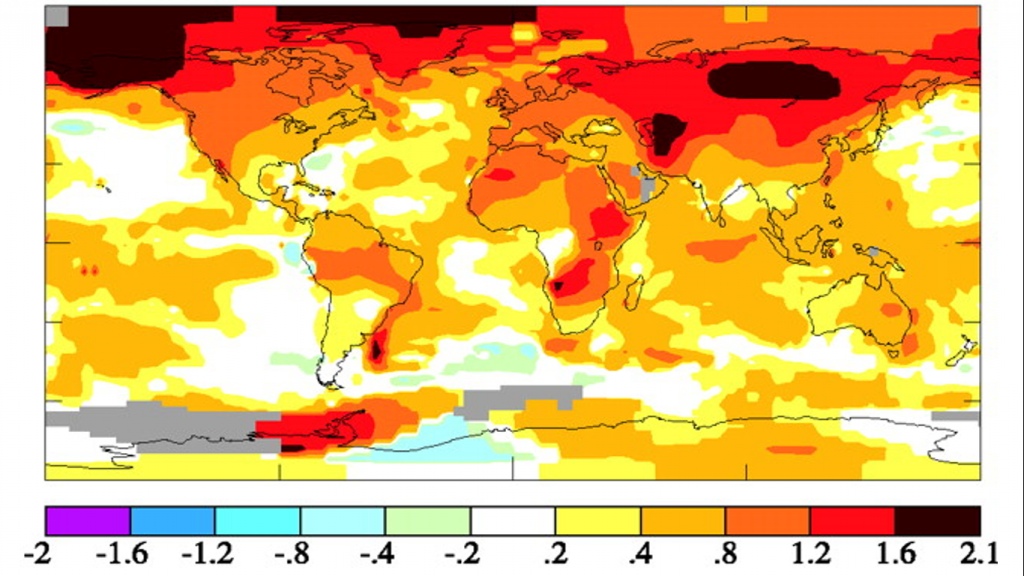
Global warming may be a controversial topic, but the bottom line is the planet IS getting warmer: an average of 0.8oC warmer over the past 40 years to be precise (Hansen et al, 2006). But who’s responsible? Unfortunately it seems we’re the culprits, with increasing carbon emissions from human activity blamed for recent temperature rise. Ice melt and sea level rise are both well-known consequences of global warming, but it’s also causing countless other impacts on species around the globe, from changes in migration and distribution to extinction (Hansen et al, 2006).
Polar ecosystems are perhaps the most vulnerable to warming: Arctic sea ice is disappearing at an alarming rate. For seals and walruses this means a loss of breeding and pupping grounds (Stroeve et al, 2008), causing population declines.
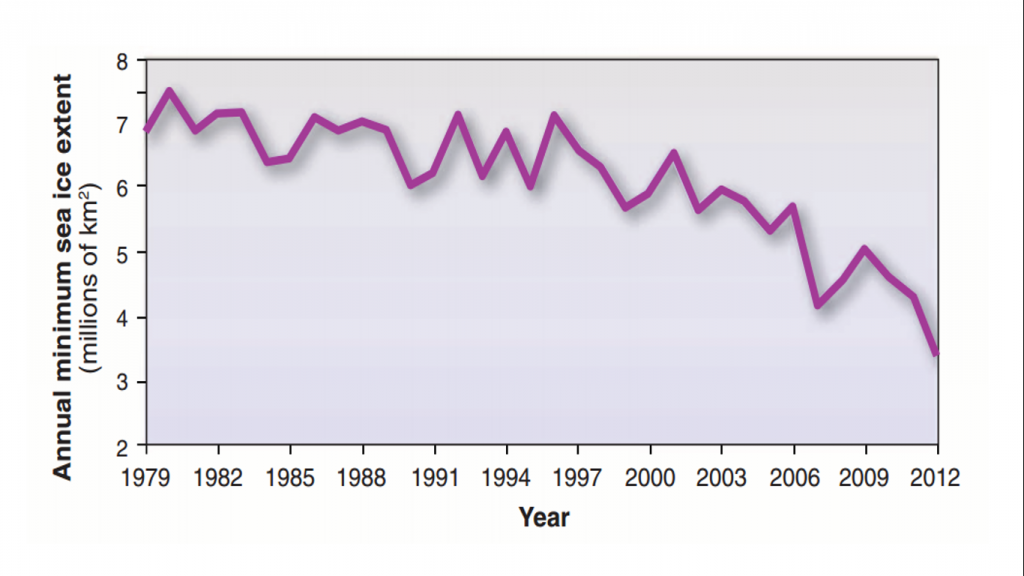
But the bad news doesn’t end there: sea ice is becoming less accessible and more fragmented, resulting in declining abundance and body condition of polar bears as they struggle to hunt seals (Post et al, 2013). The extreme food shortage has caused our beloved polar bear to start showing rather sinister behaviour: polar bear cannibalism is on the rise. The hunters have become the hunted with mothers eating their cubs and males attacking smaller females (Galligan et al, 2016).
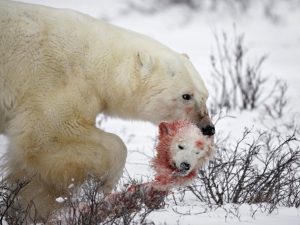
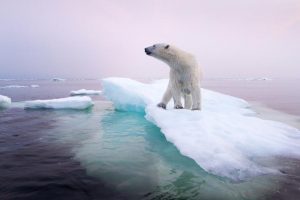
Surprisingly, the most significant impact of decreasing sea ice in the Arctic ecosystem could be declining algae abundance. Despite its small size, ice algae is absolutely fundamental to the Arctic food web and cannot grow without the presence of sea ice (EPA, 2016).
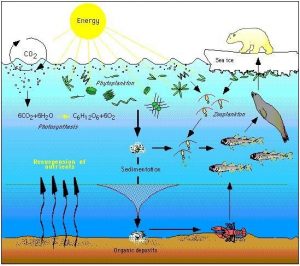
Global warming impacts are not confined to the poles: numerous communities are experiencing distribution and migration changes. Multiple alpine plant communities have displayed an average upward shift in elevation of 29 meters per decade as they seek cooler temperatures (Lenoir et al, 2008). This consequently affects the distribution of other species within the ecosystem which rely on the plants for food and shelter.
Warming temperatures mean migratory bird communities in the US are returning up to 13 days earlier than a century ago, and numerous butterfly species in California are arriving earlier than previous years (EPA, 2016). Indirectly, changes in migration can impact other species within the ecosystem: e.g., an earlier increase in food availability for species such as birds which prey on these butterflies.
However some communities are not able to cope with warming, resulting in irreversible consequences. Amphibians are particularly vulnerable to warm/dry conditions, and suggestions have been made that abnormally high temperatures in 1987 caused by global warming were to blame for the extinction of the golden toad (Pounds and Crump, 1994). This isn’t a one off event: warm ocean temperatures in 1988 resulted in the disappearance of the orange-spotted filefish from Japanese waters (Dell’Amore, 2014), and extinctions are only expected to increase as temperatures continue to rise.
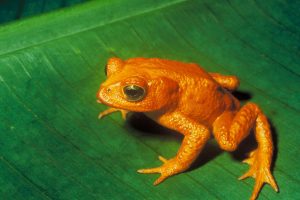
[500 Words]
References
Dell’Amore, C. (2014) 7 Species Hit Hard by Climate Change- Including One That’s Already Extinct. Available at: http://news.nationalgeographic.com/news/2014/03/140331-global-warming-climate-change-ipcc-animals-science-environment/ [Accessed 10 March 2017]
EPA (2016) Climate Impacts on Ecosystems. Available at: https://www.epa.gov/climate-impacts/climate-impacts-ecosystems [Accessed 2 March 2017]
Extinct Animals (2015) Golden Toad. Available at: http://www.extinctanimals.org/golden-toad.htm [Accessed 12 March 2017]
Galligan, J., Smith, O., and Tran, K. (2016) Does Climate Change Pose a Significant Threat to Polar Bears? Available at: https://blogs.umass.edu/natsci397a-eross/does-climate-change-pose-a-significant-threat-to-polar-bears/ [Accessed 9 March 2017]
Hansen, J., Sato, M., Ruedy, R., Lo, K., Lea, D. W. and Medina-Elizade, M. (2006) Global temperature change. Proc natl Acad Sci USA. 103 (39) pp. 14288-14293
Lenoir, J., Gegout, J. C., Marquet, P. A., Ruffray, P., and Brisse, H. (2008) A significant upward shift in plant species optimum elevation during the 20th century. Science. 320 (5884) pp. 1768-1771
Perovich, D. K., and Richter-Menge, J. A. (2009) Loss of sea ice in the Arctic. Annual Review of Marine Science. 1 pp. 417-441
Post, E., Bhatt, U. S., Bitz, C. M., Brodie, J. F., Fulton, T. L., Hebblewhite, M., Kerby, J., Kutz, S. J., Stirling, I., and Walker, D. A. (2013) Ecological consequences of sea-ice decline. Science. 341 (6145) pp. 519-524
Pounds, J. A., and Crump, M. L. (1994) Amphibian declines and climate disturbance: the case of the golden toad and the harlequin frog. Conservation Biology. 8 pp. 72-85
Stroeve, J., Serreze, M., Drobot, S., Gearheard, S., Holland, M., Maslanik, J., Meier, W., and Scambos, T. (2008) Arctic sea ice extent plummets in 2007. Eos. 89 (2) pp. 13-14
Recent Comments